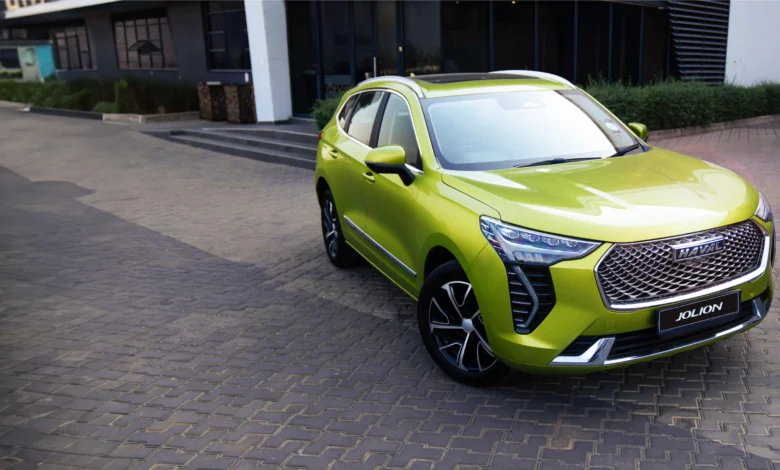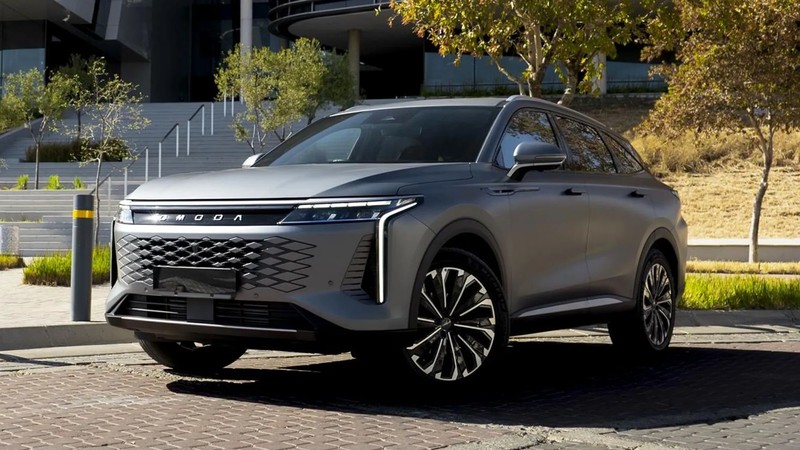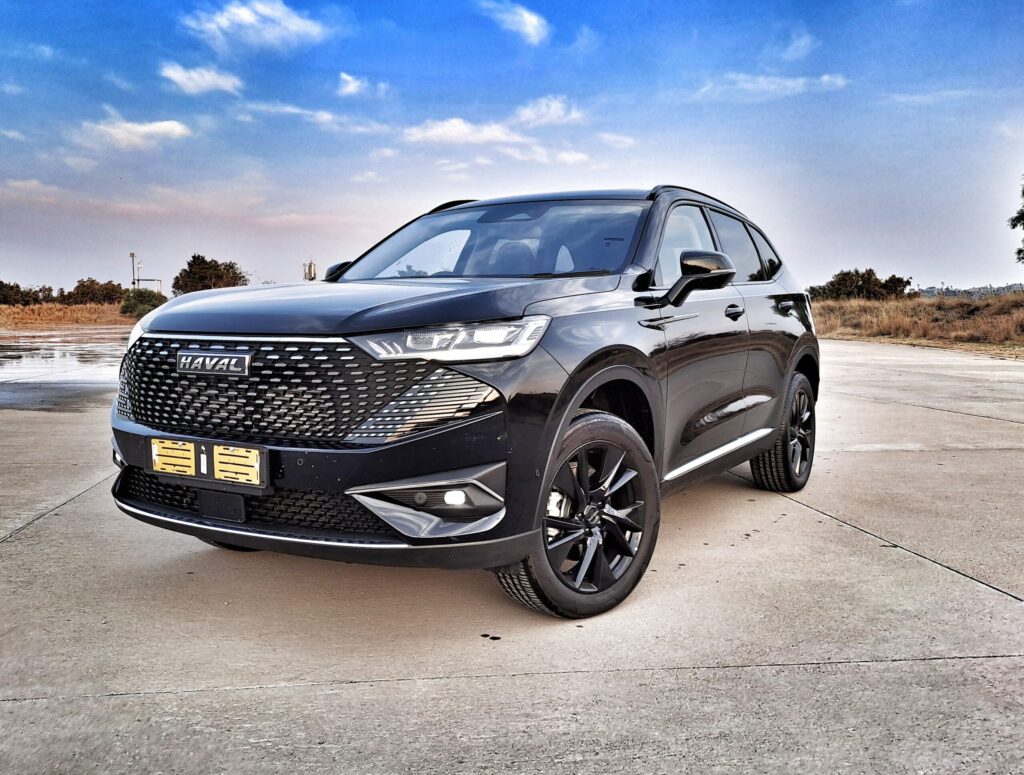Driving Success: How Chinese Car Brands Like Haval and OMODA Captured South Africa’s Market

Driving Success: How Chinese Car Brands Like Haval and OMODA Captured South Africa’s Market. In recent years, Chinese car brands such as Haval and OMODA have surged in popularity in South Africa, defying industry skeptics and reshaping perceptions of Chinese automakers. These brands have not only built a strong foothold but have also earned customer loyalty in a competitive market historically dominated by Japanese, German, and American manufacturers.
Their rise is no accident. Through strategic marketing, relentless innovation, and an acute understanding of customer needs, Haval and OMODA have charted a path to success. For South African entrepreneurs, their journey offers a wealth of insights into building a brand that resonates with its audience and thrives amidst fierce competition.
The Early Struggles: Overcoming Skepticism
When Chinese car brands first entered the South African market, they faced significant challenges, including skepticism about quality, reliability, and after-sales support. Early entrants struggled to shake off the “cheap and unreliable” stigma, leaving customers hesitant to embrace these newcomers.
Haval and OMODA learned from these early missteps. They addressed quality concerns head-on, investing in better manufacturing processes, rigorous testing, and high-end materials. Vehicles like the Haval H6 and OMODA C5 showcase sleek designs, advanced technology, and premium features that rival established brands—at a fraction of the price.

Winning Through Value
One of the key strategies that set Haval and OMODA apart is their value proposition. By offering feature-rich vehicles at competitive prices, they tapped into a growing segment of cost-conscious South African consumers looking for affordability without compromising quality.
For example, the Haval Jolion includes advanced safety features, a modern infotainment system, and a stylish interior, all at a price significantly lower than competitors. Similarly, the OMODA C5 blends futuristic design with functionality, appealing to younger buyers seeking something fresh and innovative.
Localizing Strategies for Cultural Relevance
Understanding the South African market’s unique preferences has been critical to these brands’ success. Both Haval and OMODA emphasize designs that cater to the local lifestyle, such as SUVs suited for long drives, family use, and urban commuting.
Moreover, their marketing campaigns celebrate South African culture and resonate with local audiences. By partnering with influential local figures, sponsoring popular events, and creating relatable advertisements, they’ve built a strong emotional connection with their audience.
Expanding Distribution and Service Networks
Another hurdle Chinese automakers overcame was the perception of inadequate after-sales support. Both brands made significant investments in establishing extensive dealer networks and ensuring readily available spare parts and reliable service centers.
Haval, for instance, worked closely with South African partners to expand its footprint, while OMODA focused on building customer trust through strong warranties and excellent after-sales care. These moves helped dispel fears of poor maintenance and support, fostering long-term customer loyalty.
Leveraging Innovation to Stand Out
Haval and OMODA have made significant strides in leveraging technology to differentiate themselves. From smart safety features like lane-keeping assistance and adaptive cruise control to environmentally friendly options like hybrid models, they’ve positioned themselves as forward-thinking brands.
Their ability to innovate while keeping prices accessible has been a crucial differentiator. By anticipating industry trends—such as the shift toward electric vehicles—and staying ahead of customer expectations, these brands continue to solidify their reputation.

Challenges and Missteps
While Haval and OMODA have achieved notable success, they’ve also made mistakes along the way. Early models from Chinese manufacturers often lacked the refinement expected by discerning customers, which initially hindered brand perception.
Additionally, initial marketing efforts in South Africa underestimated the importance of building trust and credibility, leading to slow adoption. Both brands learned the hard way that investing in quality and customer relationships was non-negotiable.
Capitalizing on South Africa’s Growing Middle Class
Haval and OMODA have successfully tapped into South Africa’s growing middle class, which is hungry for affordable, high-quality vehicles. By positioning themselves as aspirational yet accessible brands, they’ve appealed to a demographic eager to upgrade their lifestyles without breaking the bank.
Their success is a testament to understanding economic trends and aligning with the aspirations of a specific customer base.
As these brands continue to evolve, they set a powerful example for aspiring entrepreneurs in South Africa and beyond. With the right blend of innovation, authenticity, and customer focus, it’s possible to carve out a niche and thrive—even in the most competitive landscapes.
The rise of Haval and OMODA is more than a success story; it’s a roadmap for those looking to turn challenges into opportunities and build brands that stand the test of time.


